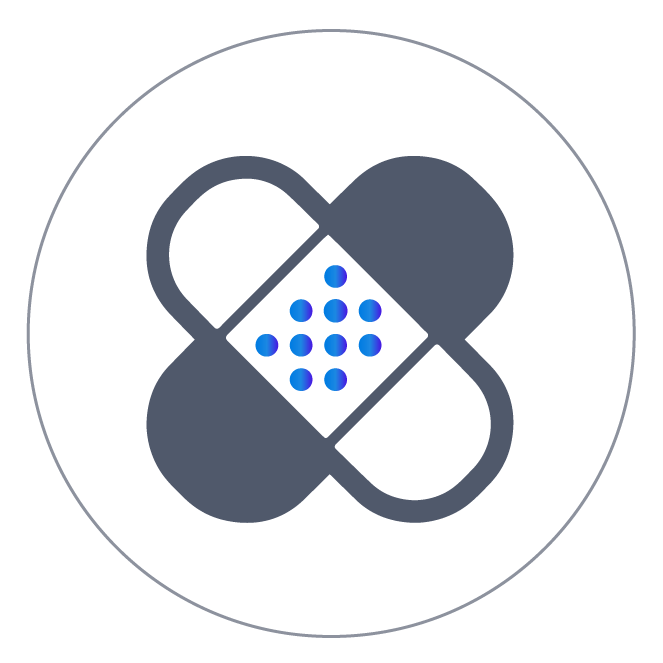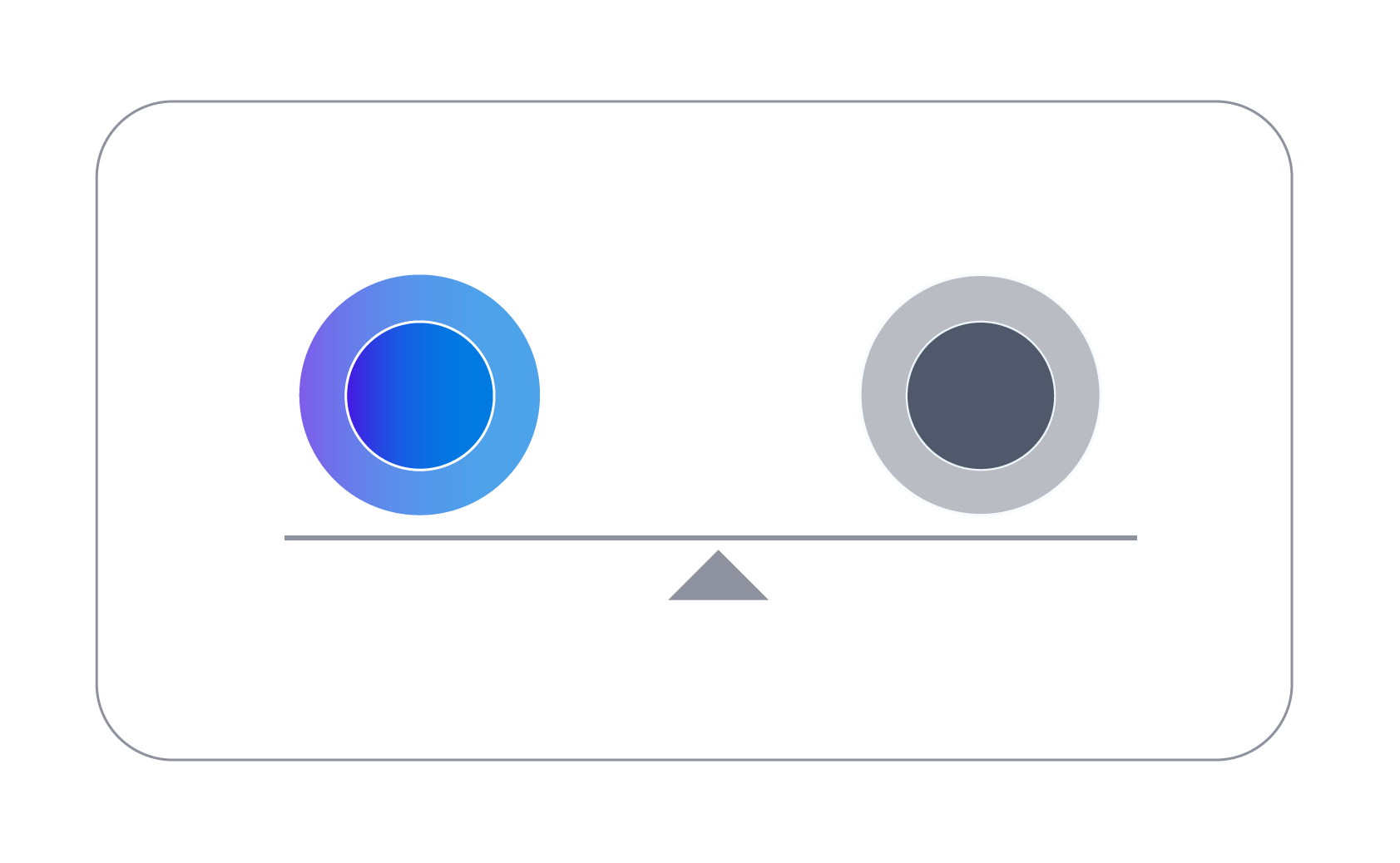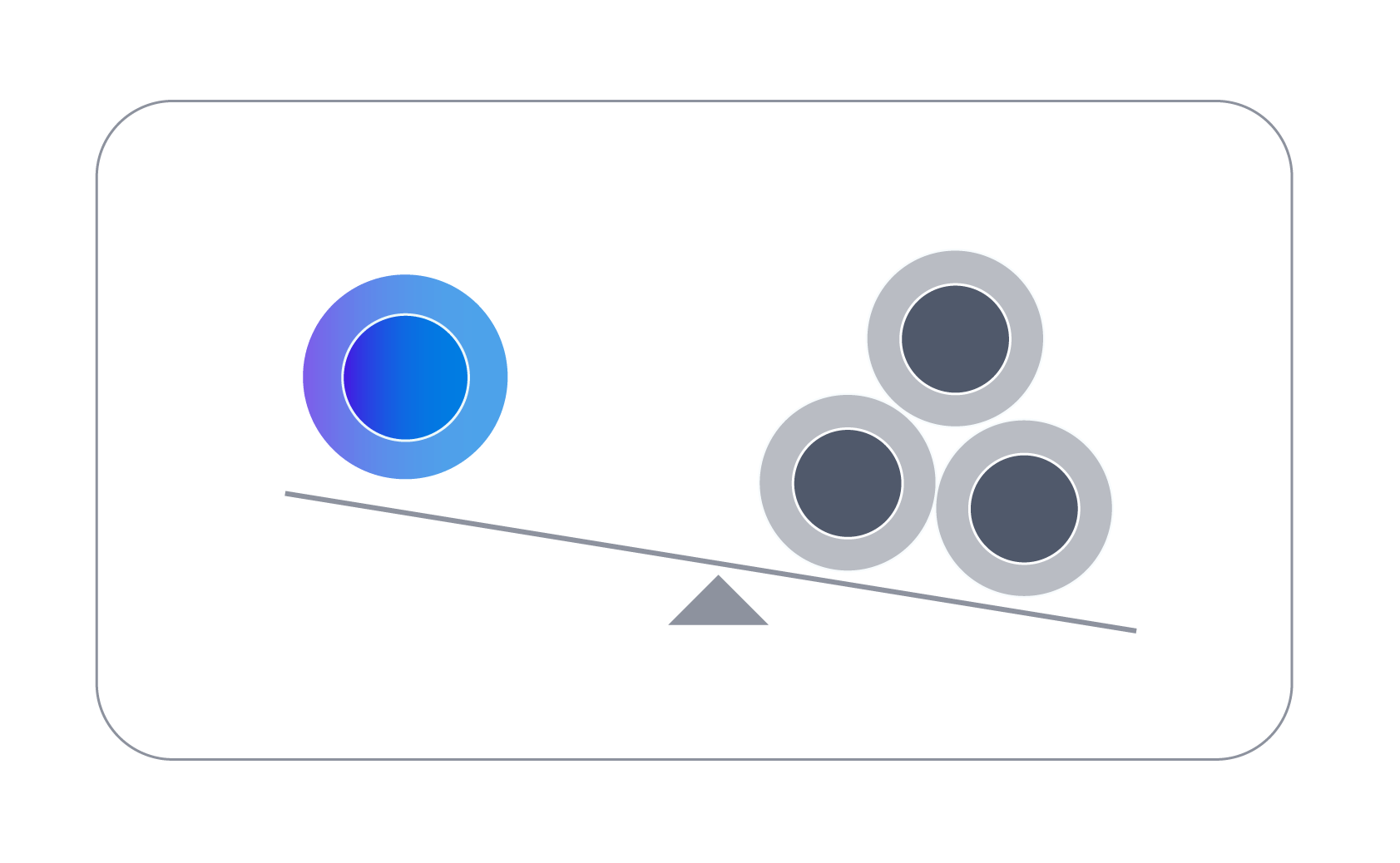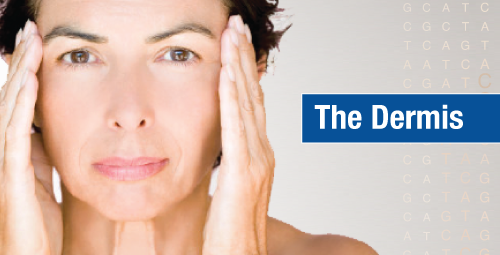-




Discover your genetic risk
Collagen Breakdown
The SkinDNA™ Genetic Test can help identify if you are a carrier of key genetic variations associated with accelerated collagen loss – even before the signs have become visible.

Slower healing

Skin Laxity & Sagging

PROMINENT NASOLABIAL FOLDS
Visible signs associated with Collagen Breakdown
Did you know?
1 in 3 people
Have a genetic variation that predisposes their skin to accelerated collagen breakdown.

About this category
Why does our skin “Sag”?
Are you genetically predisposed to premature collagen breakdown?
Keeping the skin firm, plump and wrinkle-free, collagen is the principle structural protein of the skin. Throughout your life, Collagen undergoes continuous reproduction and turnover.
When you are younger, your body makes more collagen than it loses, but after about the age of 40, collagen loss accelerates, leading to a decline in the appearance of your skin.
What your genetics have to do with it
Our genetic predispositions play a big role in determining both the speed of collagen production and breakdown/turnover.
Key variations in this genetic category can identify if the rise and fall of collagen is in balance, or if the breakdown of collagen predominates, which can result in the appearance of premature wrinkling, aging and sagging of the skin
Collagen Balance

In youthful skin, the production and degradation of collagen is in balance.
Collagen Imbalance

Genetic abnormalities can lead to an increased rate of collagen breakdown.
About Collagen
In healthy, youthful skin, the synthesis and degradation of Collagen is in balance: damaged or redundant Collagen is degraded while the deficit is replenished by the ongoing synthesis.

Unfortunately, this intricate balance gets disrupted when there is an oversupply of MMP1: too little of the matrix is synthesized and too much is degraded. The more this occurs the more winkles, roughness and sagginess one tends to have. MMP levels are known to increase with age as a result of photo aging as well as natural aging.
The genes in this category are involved in slowing the breakdown and degradation of Collagen Fibers found in the extracellular matrix of human tissue. Key variations tested in this category can identify if the synthesis and degradation process of Collagen is in balance, or if the degradation predominates (increased MMP levels) that can result in the appearance of premature wrinkling, loss of youthful looks and other ageing skin traits.
Background Science
Genes Tested
SkinDNA™ Designated Descriptors
Gene s700298
Collagen Breakdown
Involved in slowing the breakdown and degradation of Collagen fibers found in the extracellular matrix of human tissue.
Gene s706371
Collagen Protection
Assists in protecting existing collagen from unnecessary degradation and aids in normalising skin cell functions disrupted by oxidative stress including MMP-1 production
Keeping the skin firm, plump and wrinkle-free, Collagen is the principle structural protein of the skin. Our genetic predispositions play a big role in determining both the speed of collagen production and breakdown.

Sandwiched between the epidermis and hypodermis lies one the skin’s lifeblood area, the dermis. The dermis contains blood vessels that nourish the skin, and structural proteins like collagen that keep the skin firm, plump, and wrinkle-free.
As we age our bodies struggle to replenish stores of collagen, and some people are genetically primed to break down collagen faster than others.
It is well established that collagen is an important element of human skin; in fact it is the principle structural protein holding the skin together. Representing 75% of the skin’s dry weight it keeps the skin firm, plump and wrinkle-free. The quantity and quality of the Collagen plays a major role in the skin’s appearance.
“Representing 75% of the skin’s dry weight, Collagen keeps the skin firm, plump and wrinkle-free.”
Like many components of the body, Collagen undergoes continuous turnover: new Collagen is continually produced and recycled throughout life. At a younger age, the synthesis of Collagen predominates, whereas after about the age of 40, the degradation of Collagen picks up speed4. This degradation process is precipitated by a protein called Matrix Metallopeptidase-1 (MMPs) or Collagenase.
Glossary
Not sure what some words mean?
Collagen
Collagen is the principle structural protein that holds the skin together.
Collagen is just one of thousands of different proteins in the body. The most abundant protein is collagen. In fact, collagen makes up more than one third of all protein in the body and about 75% of the skin.
Protein
Protein are the building blocks of life. They are essential in helping to build the human body including muscle, bone, blood and collagen.
Protein enables the body to function properly. They are used in all sorts of ways: to transport nutrients and oxygen to vital organs including the skin, and are essential tools needed for cellular repair.

Copyright 2018. All rights reserved.
Made with [icon name="fa fa-heart" color="#e51b23"] by SkinDNA.
Test Categories
White Label
Contact
